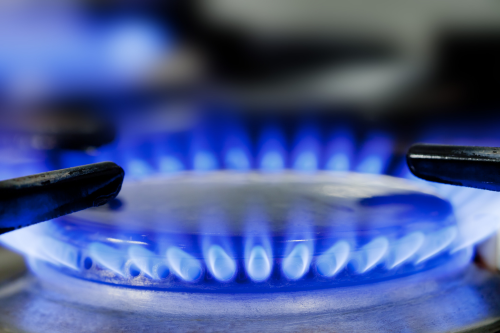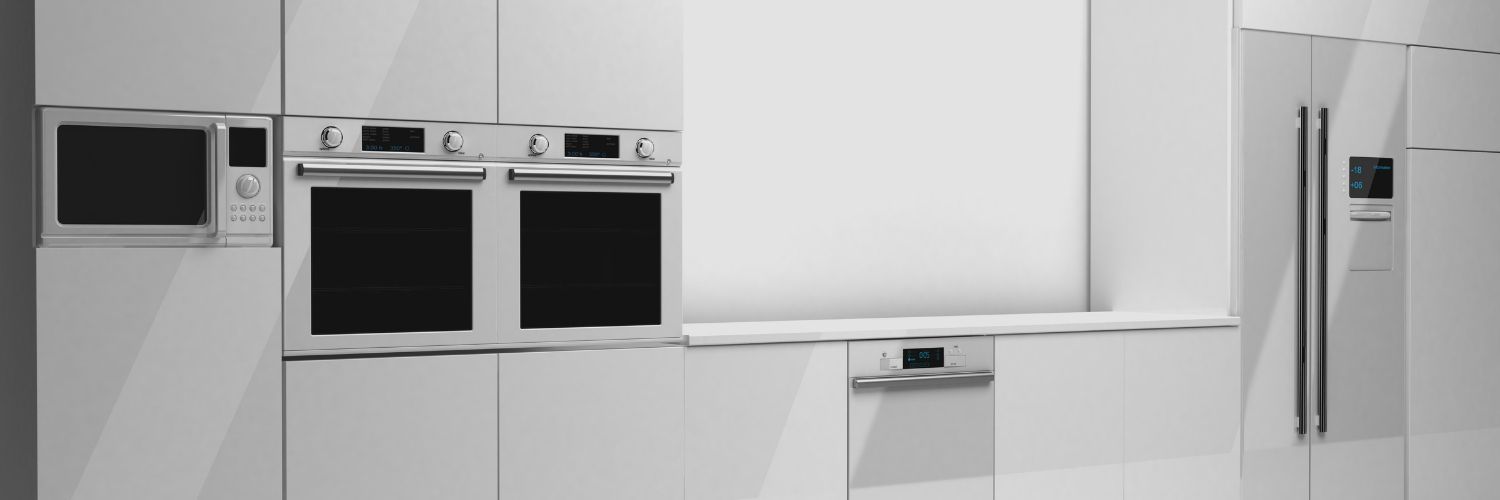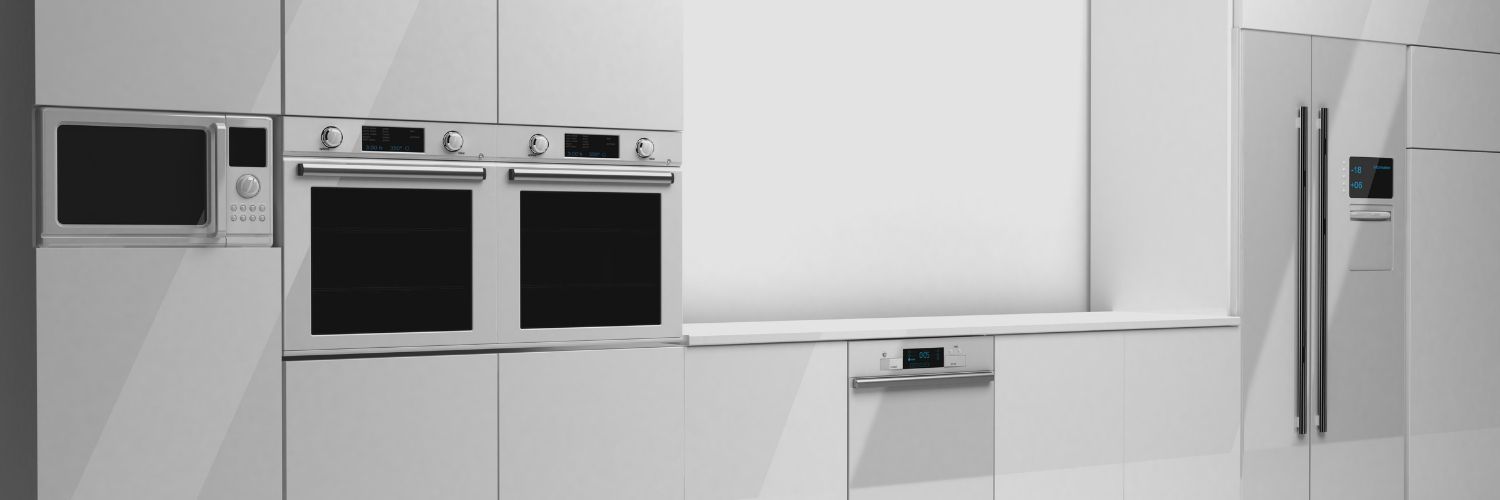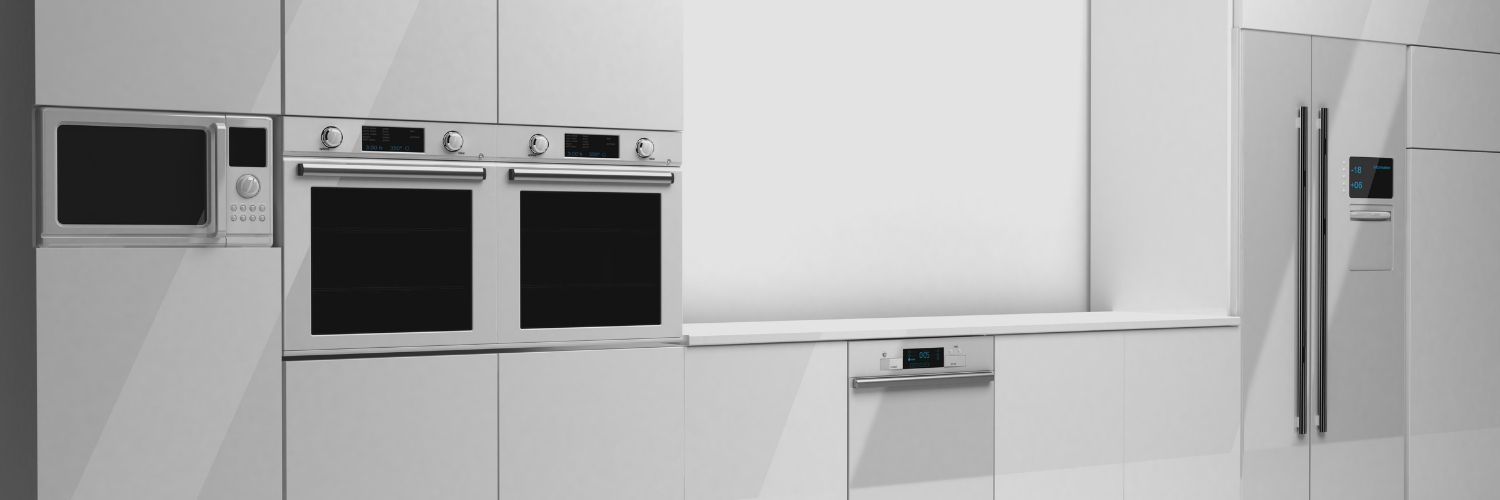Why is the Flame on My Gas Stovetop Too Large? Investigating Common Culprits and Solutions
A gas stovetop is a preferred choice by many households for its precise temperature control and speedy cooking ability. However, it's not uncommon to encounter flame issues such as an unusually large flame on your gas stovetop. Such a problem not only affects the cooking process but can also be a potential safety hazard. In this article, we will delve into the common causes behind larger-than-normal flames and potential solutions.

1. Wrong Fuel Type
Using the incorrect fuel type is a common cause of an oversized flame on your gas stovetop. The two main types of fuel used for gas stoves are liquefied petroleum gas (LPG) and natural gas. These gases have different characteristics, and using the wrong fuel for your appliance can lead to uneven heat, larger flames, and even damage to the stovetop.
Solution: Make sure you are using the correct fuel type for your appliance. Check the specifications mentioned in the user manual or contact the manufacturer for assistance. If needed, consult a professional technician to make necessary adjustments.
2. Incorrect Conversion or Setup
Many gas stovetops are designed to be convertible between LPG and natural gas. During the conversion process, the installation technician should replace the burner orifices and adjust the air shutter settings as per the manufacturer's guidelines. However, incorrect conversions or settings can lead to an elevated flame size.
Solution: Verify that your appliance has been correctly converted or set up. Always rely on a certified technician to handle any adjustments or conversions to ensure optimal performance and safety.
3. Clogged Burner Holes
Gas stovetops rely on a series of small holes, called burner ports, to disperse gas evenly for even heating. Over time, these holes can become clogged with food debris, grease, or other particles, causing an uneven distribution of gas and, consequently, larger flames.
Solution: Regularly clean your stovetop burners and the surrounding areas, ensuring all burner holes are free from debris. If needed, use a needle or toothpick to unclog the holes, but be gentle to avoid damaging them.
4. Inadequate Gas Pressure
An outsized flame might also be a result of inadequate gas pressure. Gas stovetops require a specific gas pressure range for efficient and safe functioning. When this pressure is disrupted, it can lead to uncontrolled bursts of gas and, consequently, larger flames.
Solution: Monitor your gas pressure and use a regulator to maintain the recommended pressure levels. If you are unsure about the proper pressure range for your appliance, consult the user manual or ask for professional guidance.
Conclusion
An unusually large flame on your gas stovetop is not only a hindrance to seamless cooking but a potential safety hazard. Understanding the common causes and making necessary adjustments can help you restore the stovetop's optimal functionality. Always remember that regular maintenance and recommended cleaning practices will prolong your stovetop's lifespan and ensure safe, efficient cooking.


